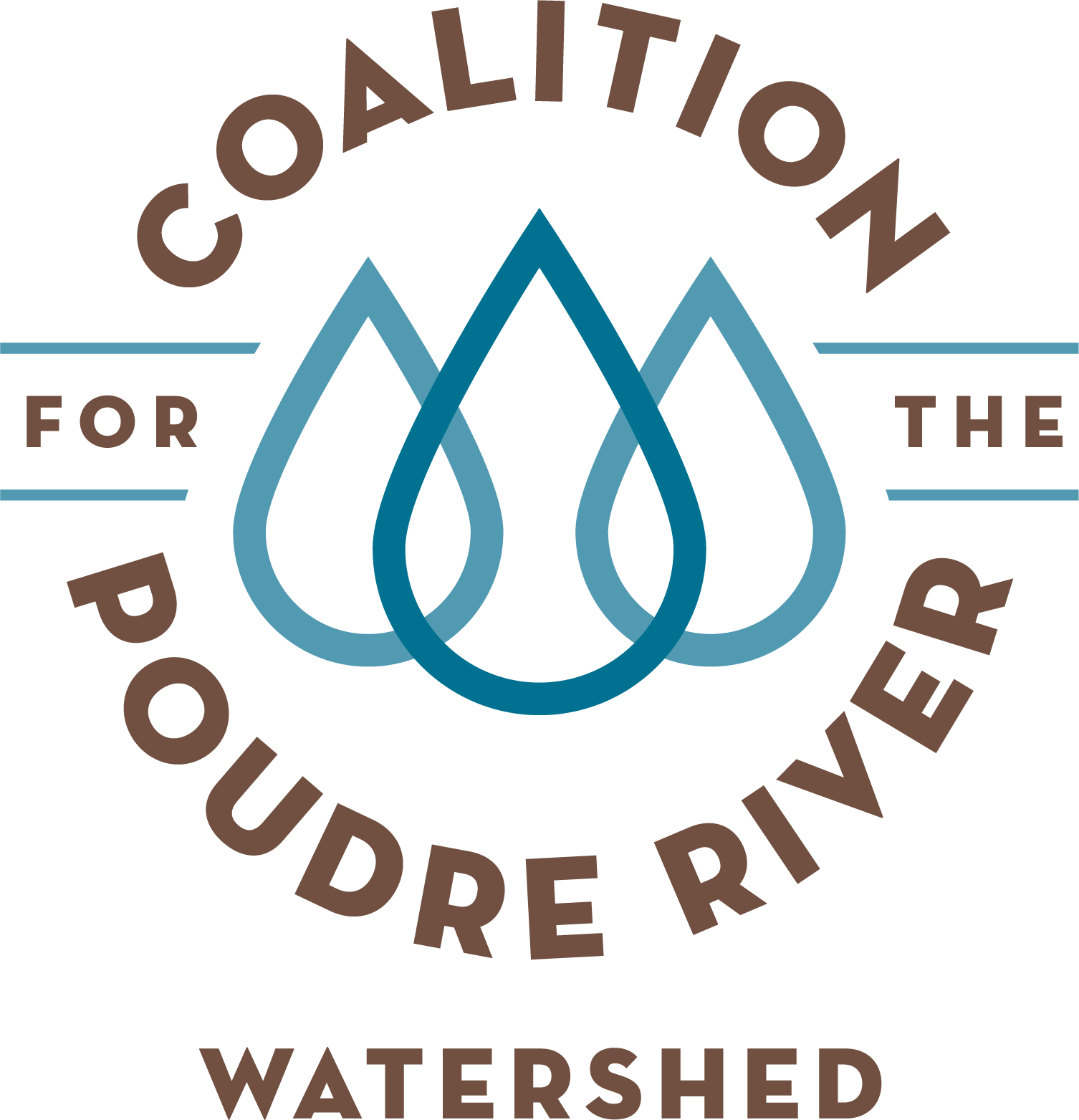Fish Creek
Cameron Peak Post-Fire Restoration






Project Overview
The CPRW team designed Fish Creek as a priority HUC14 for treatment due to prevalent high burn severity, high probability of debris flows, and hillslope erosion. Baseline data from USFS Rocky Mountain Research Station (RMRS) showed that Fish Creek was showing larger responses and changes to stream chemistry compared to other subwatersheds with unburned headwaters. The project area spans both private and public (USFS lands) that are located just downstream of a USFS designated Wilderness area with limited post-fire restoration options. The CPRW team was interested in mitigation, recovery and restoration efforts in the project area, as it is one of the few areas in the priority HUC14 where post-fire restoration efforts are feasible. Prior to implementing post-fire restoration treatments, CPRW observed several headcuts developing, stream incision in intermittent tributaries feeding into Fish Creek, and a lack of vegetation providing stability to the area. The project focused on enhancing sediment deposition and limiting additional headcuts on two small ephemeral tributaries to Fish Creek.
Fish Creek site plan (Courtesy of Ayers Associates)
Post-Fire Treatment(s)
Wattles (20) - Staking approved biodegradable wattles parallel to contours reduces erosion and increases sediment deposition on vulnerable hillslopes, alluvial fans, and small gullies. This concept has been applied in watersheds where aerial mulching is impractical and widespread sheet erosion and rilling can impair downstream water quality.
Branch Wattles (2) - Use on site native material to encourage deposition and debris accumulations
Tree Felling (10) - standing burnt trees were strategically felled into channels to enhance existing depositional zones and large wood material (LWM) recruitment. Trees were interlocked to reduce flow velocities, catch debris, and provide sediment storage. Trees were cut in a manner so that the fallen portion of the tree remains attached to the stump to increase the stability of the feature. In larger channels, trees are pinned using wood posts on the upstream and downstream side of the felled trees.
Native Rock - Native rock was harvested on-site and placed, typically by hand, to stabilize headcuts and impede channel incision. This will improve water quality by stabilizing actively eroding channels and limiting upstream incision.
Project Goals
Provide opportunities for sediment storage, water quality improvements, and enhanced riparian areas
Decrease water quality degradation due to excess sediment entering the stream system
Use low-tech process-based restoration techniques to meet the project objectives
Project Collaborators
Ayres Associates
Larimer County Conservation Corps
Funder(s)
Colorado Department of Public Health and Environment (CDPHE)
Project Timeline
Completed 2021; Monitoring in progress

